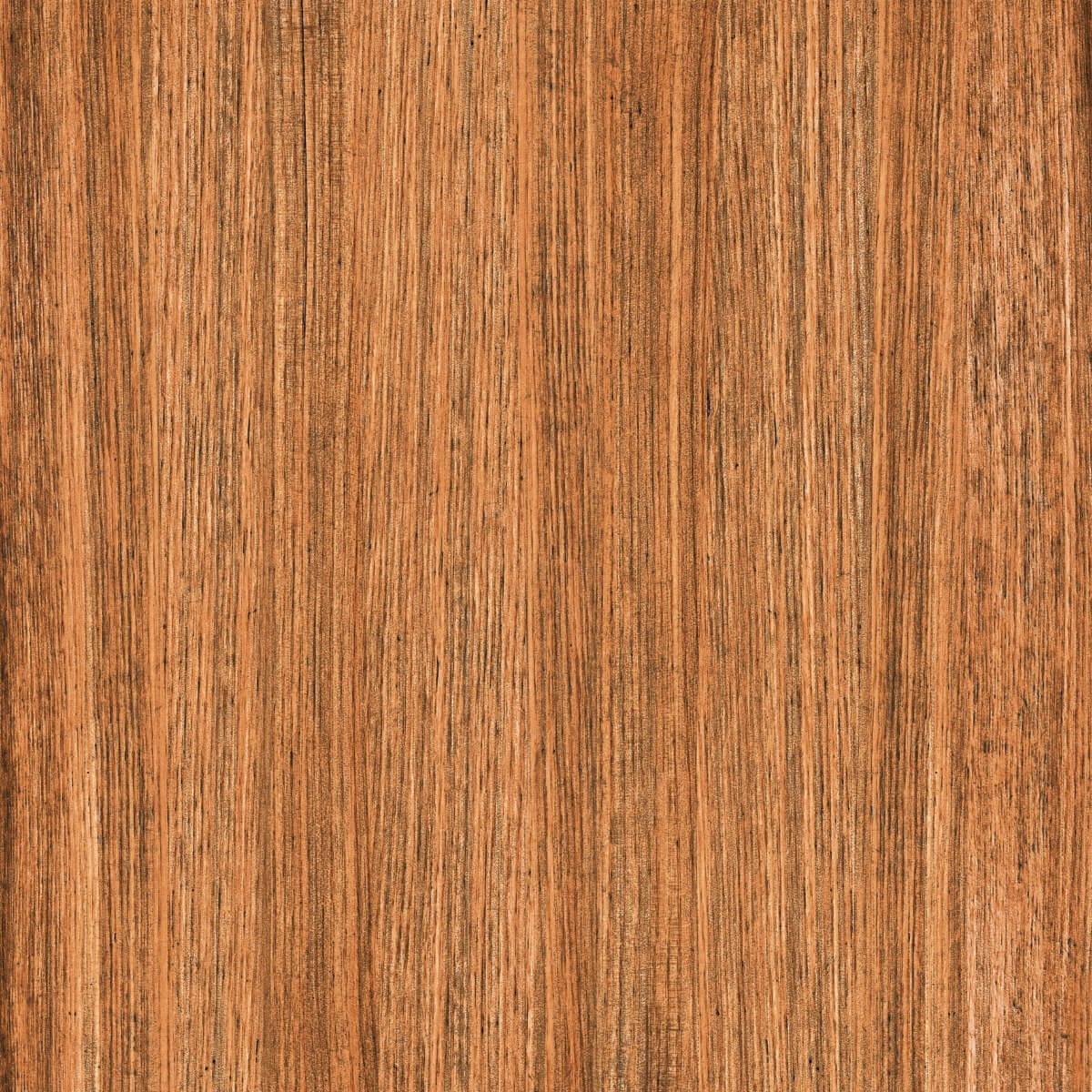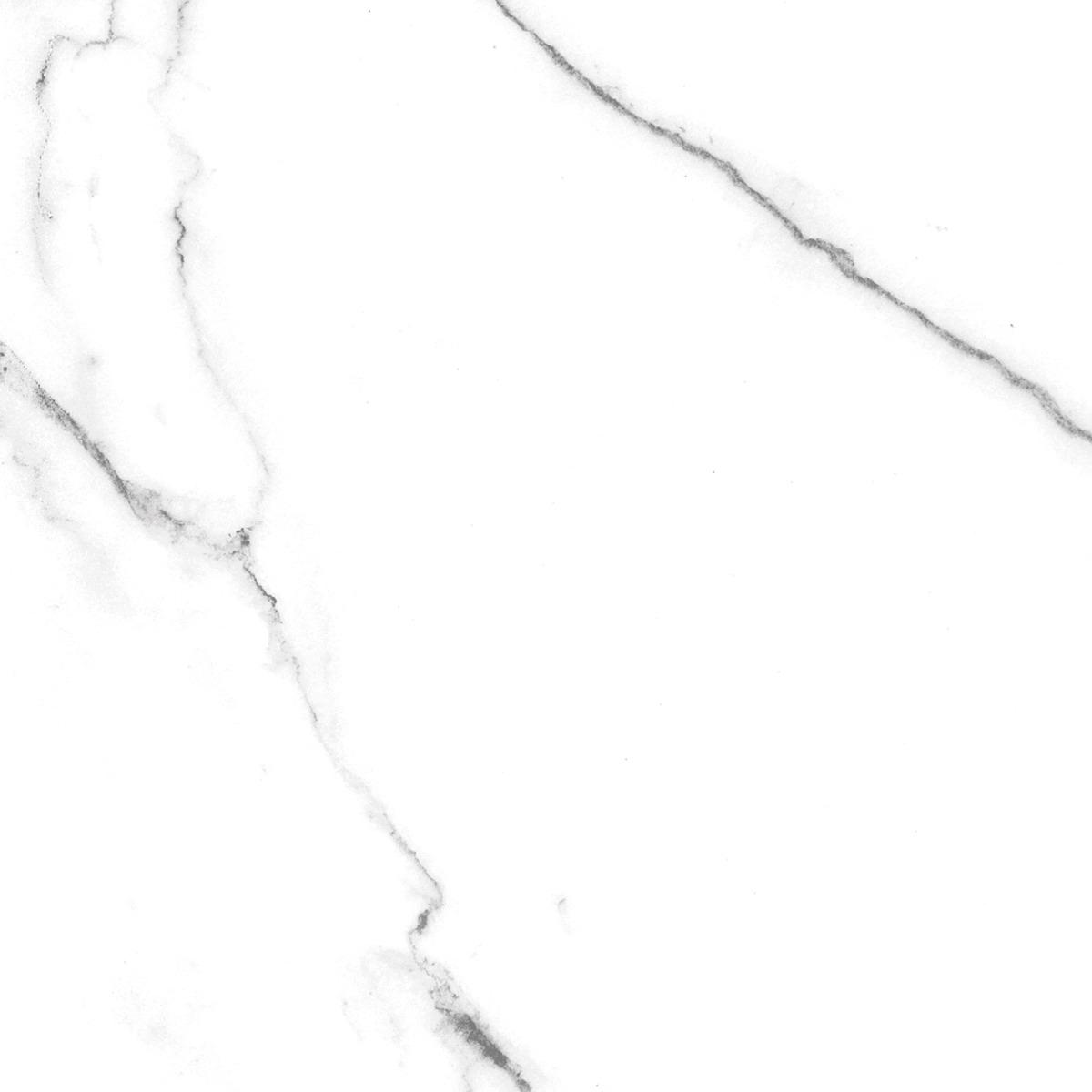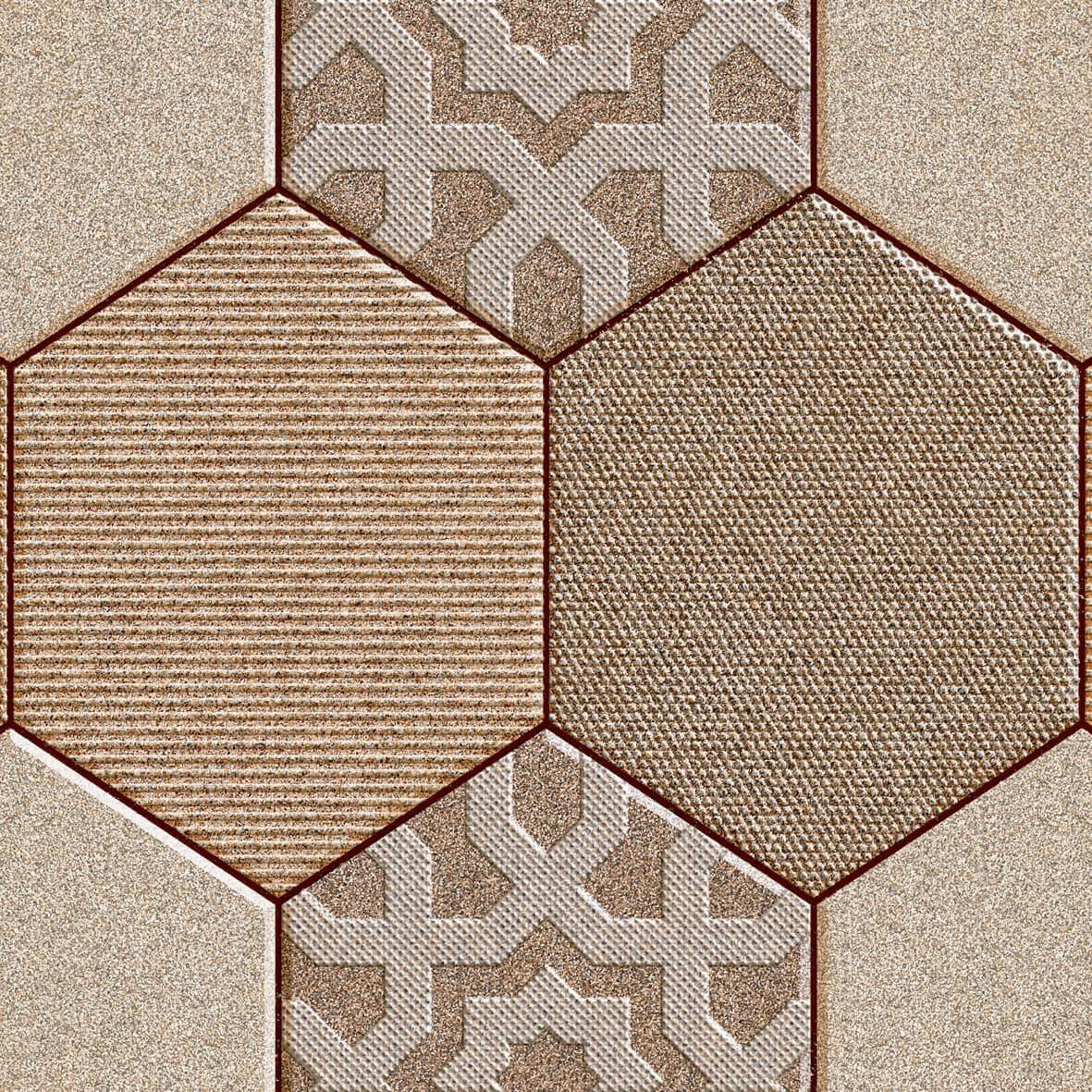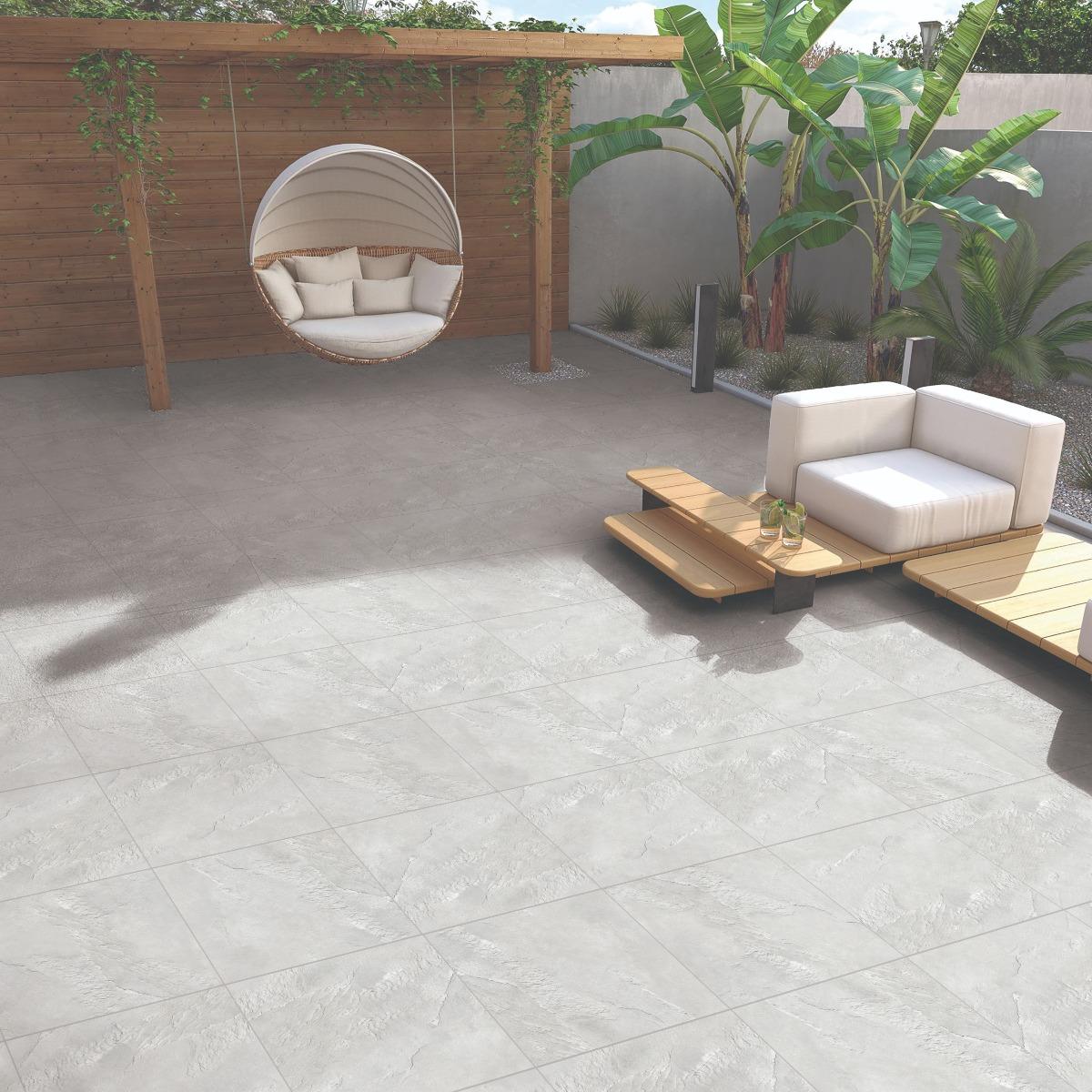Floors are one of the most important parts of your home. A clean and well-maintained floor is an indication of a clean and well-maintained house. Tiles are one of the most reliable materials to use for your floors since they are highly durable as well as practical since they are very easy to clean. Available in a large number of colours, designs, and textures, there is a tile available for all design schemes and budgets across the country.
But, a lot of times, due to their porous nature, tiles end up getting prominent acid stains due to the use of battery acids or toilet cleaners. This ends up drastically deteriorating the appearance of your floor and affects the aesthetic of the room.
Getting rid of these acid stains can prove to be a task at hand. Oftentimes people try scrubbing and scrubbing with scrub pads to get rid of the stain, but to no avail. If you have got some unsightly acid stains on your floor tiles and are looking for a quick and easy solution, look no further. We have two sure shot solutions for you that will not only help you get rid of the acid stains from your floor tiles but will also make your floor tiles shine and look as good as new.
![]()
Methods To Remove Acid Stains From Floor Tiles
1. Using Base Ingredients To Counter The Acid
It is basic science that bases are the polar opposite of acids and they neutralise the acids. Baking soda and Ammonia are two of the most commonly used bases and used as an acid stain remover. These can help you neutralise the acid on your tile and get rid of the stain.
Things required for effectively cleaning the area:
- Baking soda
- Water
- 10% ammonia
- Clean cloth
Method:
- Step 1: If the acid stain is recent or fresh, sprinkle a large amount of baking soda over the stain. Make sure to completely cover the stain with a thick layer of baking soda.
If the stain is old and has been around for some time, prepare a thick paste by combining baking soda with water. Apply a generous portion of this paste on the stain, making sure to cover it completely.
- Step 2: Use a clean and dry cloth to wipe the baking soda/baking soda paste off the stain.
- Step 3: Rub the stain gently with the cloth, the stain should disappear. If the stain does not come off easily or requires more rigorous rubbing, take a very small amount of 10% ammonia and gently apply it on the stained area.
- Step 4: Once the stains have disappeared, rinse the area well with water and gently clean using a clean and dry cloth.

2. Using Phosphoric Acid Masonry Cleaner
This method is highly effective in removing the acid stains caused by muriatic acid on your floor tiles.
Things required for effectively cleaning the area:
- Soft bristled brush
- Phosphoric acid masonry cleaner
- Sponge/cloth
- 1 gallon of water (about 3.7 litres)
- 1 cup of ammonia
Method:
- Step 1: Carefully dip a soft bristled brush in the container of the phosphoric acid masonry cleaner and apply the solution directly on the acid stain.
- Step 2: Let the solution sit on the acid stain for about 10 to 15 seconds. Do not let the solution stay on for more than a minute.
- Step 3: Once the acid stain disappears, gently wipe the solution (as well as the stain) off the tile using a clean cloth or a clean sponge.
- Step 4: If the stain remains, repeat the previous steps again.
- Step 5: When the stain does start disappearing, combine the 1 cup Ammonia with 1 gallon of clean water.
- Step 6: Using a clean and dry sponge, apply the ammonia and water mixture on the acid stain in order to get rid of the remaining stain as well as the remnants of the phosphoric acid masonry cleaner.
- Step 7: Rinse the area thoroughly with water to get rid of all the cleaners.
![]()
Points To Keep In Mind
Here are some points to keep in mind while cleaning out acid stains from your floors:
- Always, always, always, wear protective gloves while working with acids and bases. These are not good for your skin and if any land on your skin, rinse immediately with cold water to reduce the impact on your skin.
- Do not use water to wet the stain before applying any base (ammonia or baking soda) to it. Adding water to the stain can re-activate the acid present in the stain, making it more difficult to neutralise it and to get rid of it.
- When you apply baking soda to the stain, it might start to bubble up. Do not worry or panic, this is a natural reaction that occurs when the acid in the stain reacts with the baking soda. The bubbles are formed due to the neutralisation of the acid.
![]()
Acid stains are extremely unsightly and can ruin the aesthetic of the entire space. As you can see, getting rid of acid stains is possible, but it requires some time and some elbow grease from your end. To save yourself this trouble of constantly cleaning out acid stains, you can invest in Orientbell Tiles’ range of floor tiles.
![]()
Manufactured using some of the latest tile making technology, these tiles are available in a number of materials, such as ceramic, digital glazed vitrified, double charge, forever, full body vitrified, polished glazed vitrified, polished vitrified, porcelain, etc. This process as well as the material makes the tiles highly durable as well as long lasting. The surface of the tiles from Orientbell Tiles is scratch and stain resistant as well as impervious to damage from acid and chemical spills – making them an ideal choice for your floors. Tiles like the GFT BDF Natural Maple Wood or the PGVT Fog Onyx Beige not only add a touch of class to your floors, but are also resistant to damage from acids and chemicals, reducing the chances of your floors getting acid stains.



























